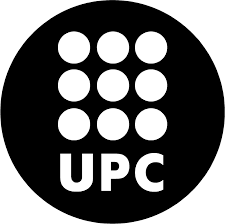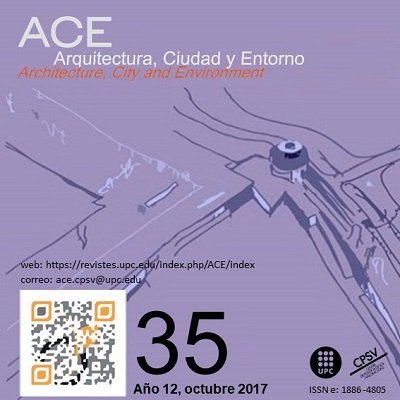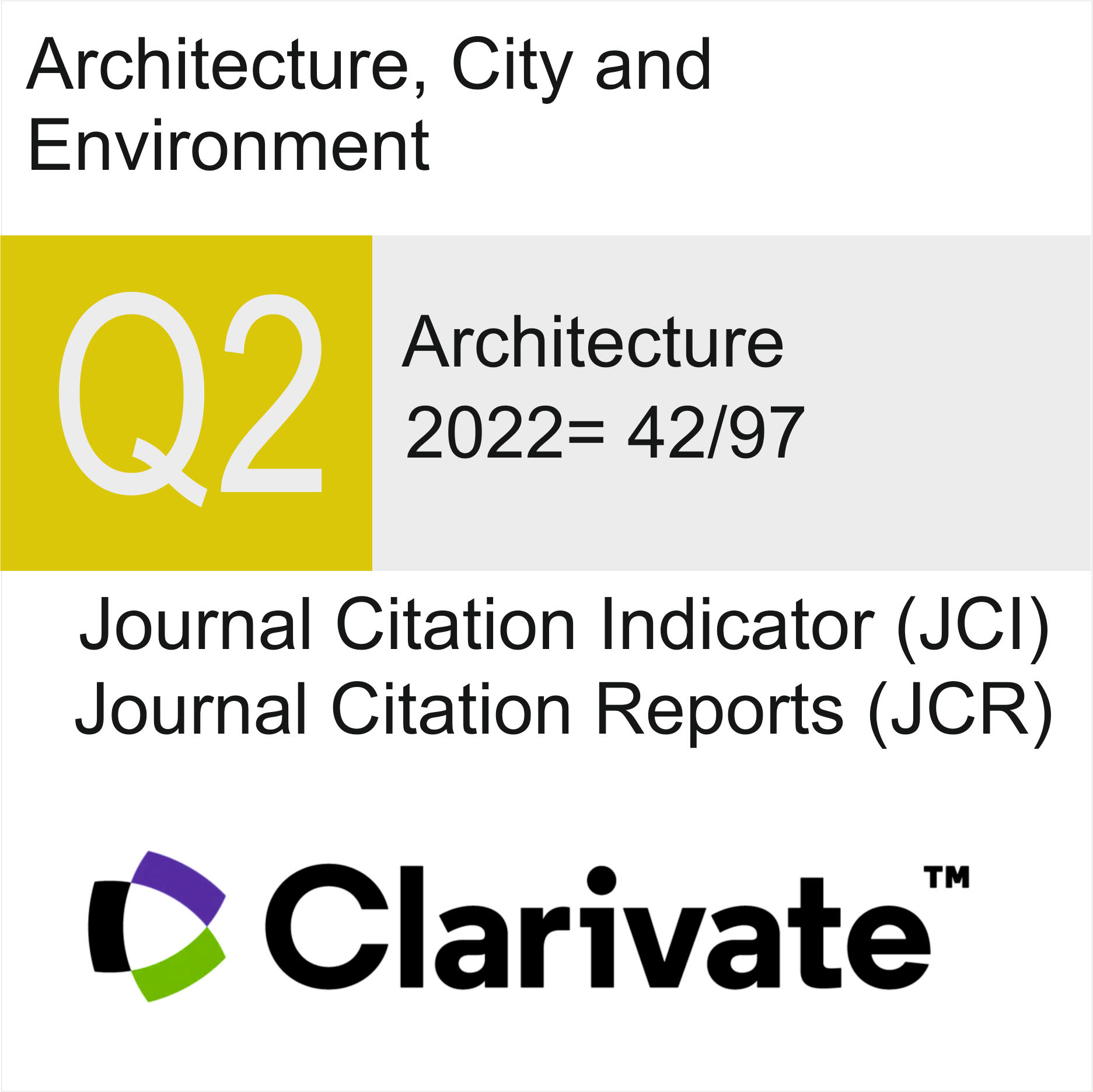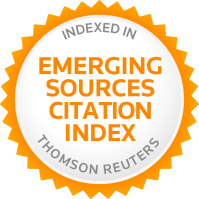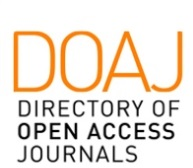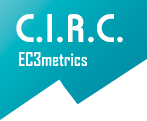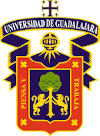Cap a una nova concepció de l'espai públic en el Terol de l'edat moderna: des del S.XVI fins a l'inici del S.XIX
DOI:
https://doi.org/10.5821/ace.12.35.4801Paraules clau:
patrimoni, evolució urbana, sistema defensiu, cartografia historiogràficaResum
Els diversos estudis sobre l'evolució urbana de Terol han aprofundit especialment en dos moments clau per entendre la morfologia del seu centre històric: el període fundacional en l'Edat Mitjana, i la devastació i posterior reconstrucció soferta per la ciutat com a conseqüència de la guerra civil espanyola ja en el segle XX. El present article pretén revaloritzar una etapa crucial per a l'evolució de l'espai públic de Terol, com va ser l'Edat Moderna, mitjançant l'estudi de les diverses fonts històriques existents: escrites, gràfiques i arqueològiques, que a més ha permès la restitució de la cartografia historiogràfica, constatant la importància de la transformació formal i conceptual soferta per l'espai públic, que trenca l'estret setge de les muralles medievals, obrint-se a nous horitzons. Processos formatius que cal conèixer per entendre el passat, el present i el futur de les nostres ciutats.Descàrregues
Publicades
Número
Secció
Llicència
| CRITERIS DE PROTECCIÓ INTEL·LECTUAL |
En aquest moment es compta amb la protecció de la Oficina Espanyola de Patents i Marques, mentre que la protecció global s'està tramitant davant la Organització Mundial de la Propietat Intel·lectual (OMPI/WIPO). Així mateix, la Oficina del Número de Sèrie Estàndar Internacional (ISSN) ha otorgat els següents números: 1886-4805 (versió electrònica) i 1887-7052 (versió en paper). |
| COPYRIGHT |
El contingut dels articles i els comentaris en ells expresats són responsabilitat exclusiva dels seus actors, i no reflexen necessariament la opinió del Comité Editor de la revista. Els treballs publicats per ACE queden sotmesos a la llicència CC BY-NC-ND 3.0 ES http://creativecommons.org/licenses/by-nc-nd/3.0/es/ La qual cosa vol dir que les persones autores només tenen i retenen els drets d'autor dintre de les limitacions imposades per la anterior llicència |




